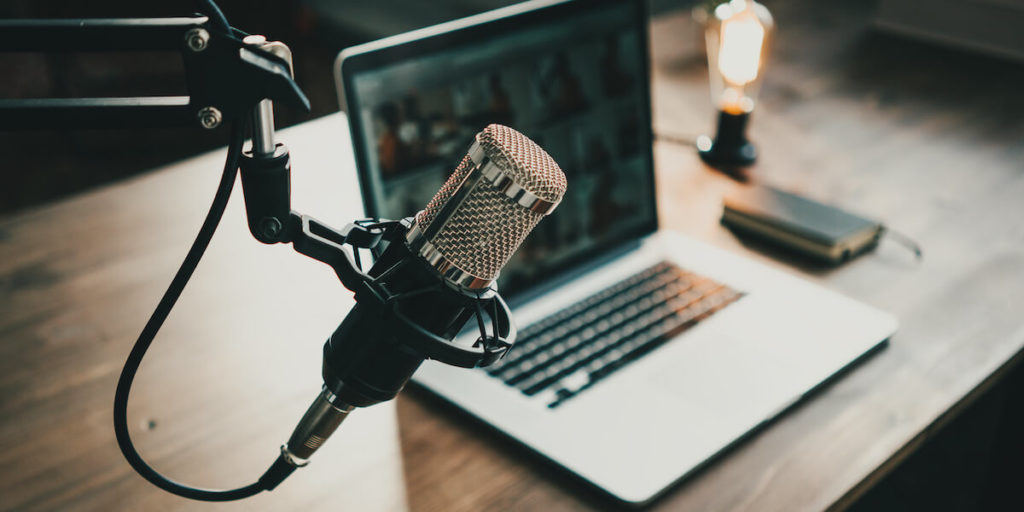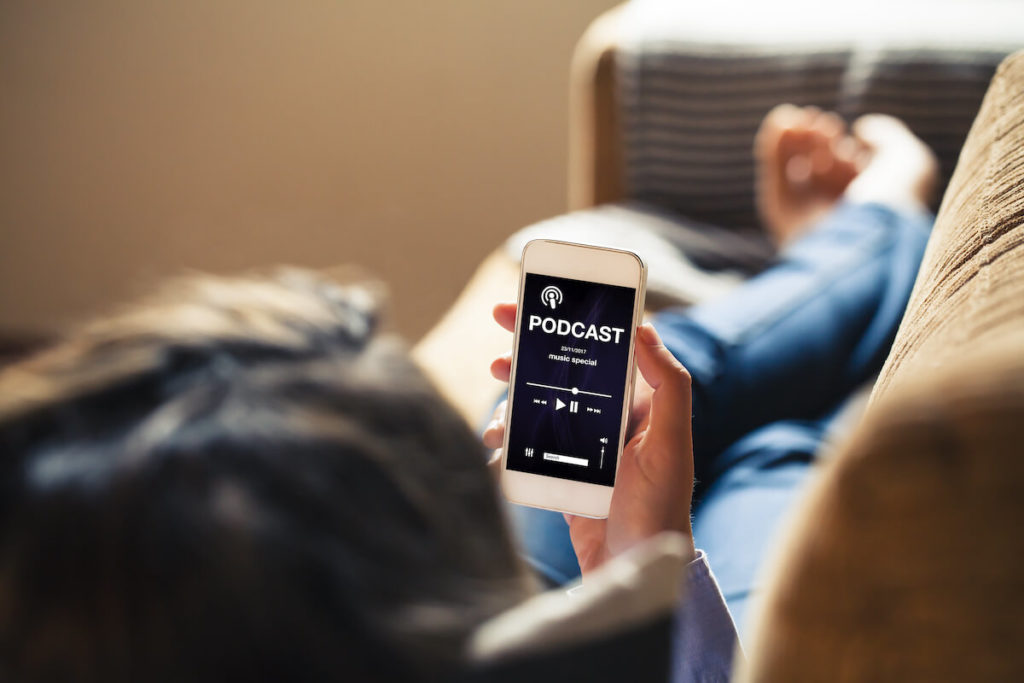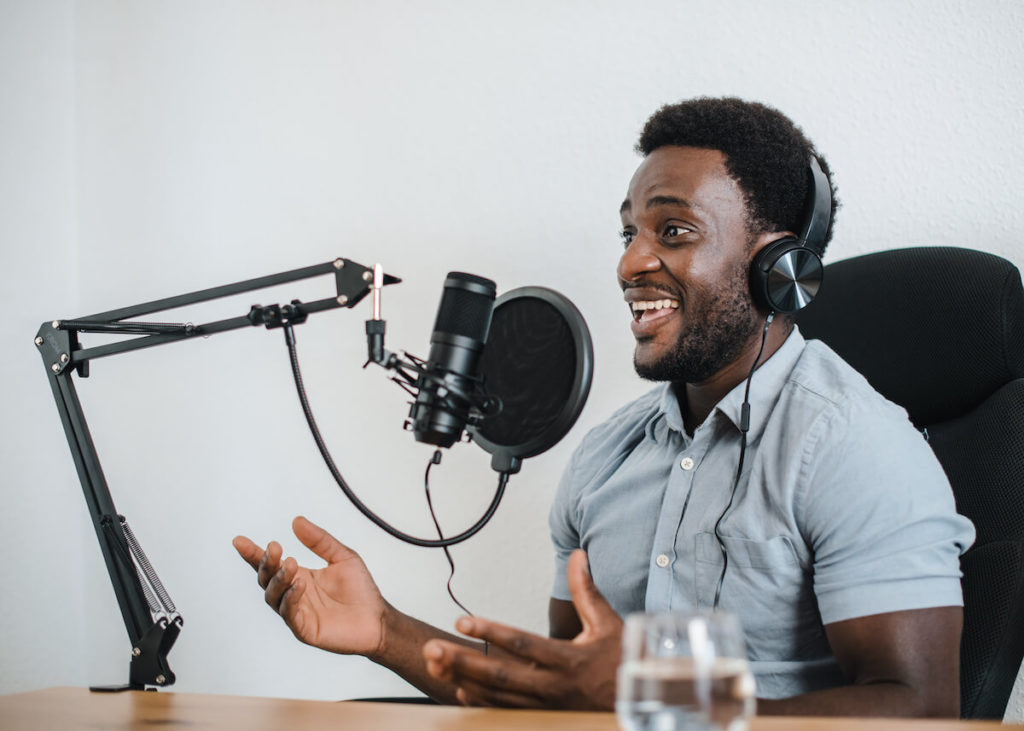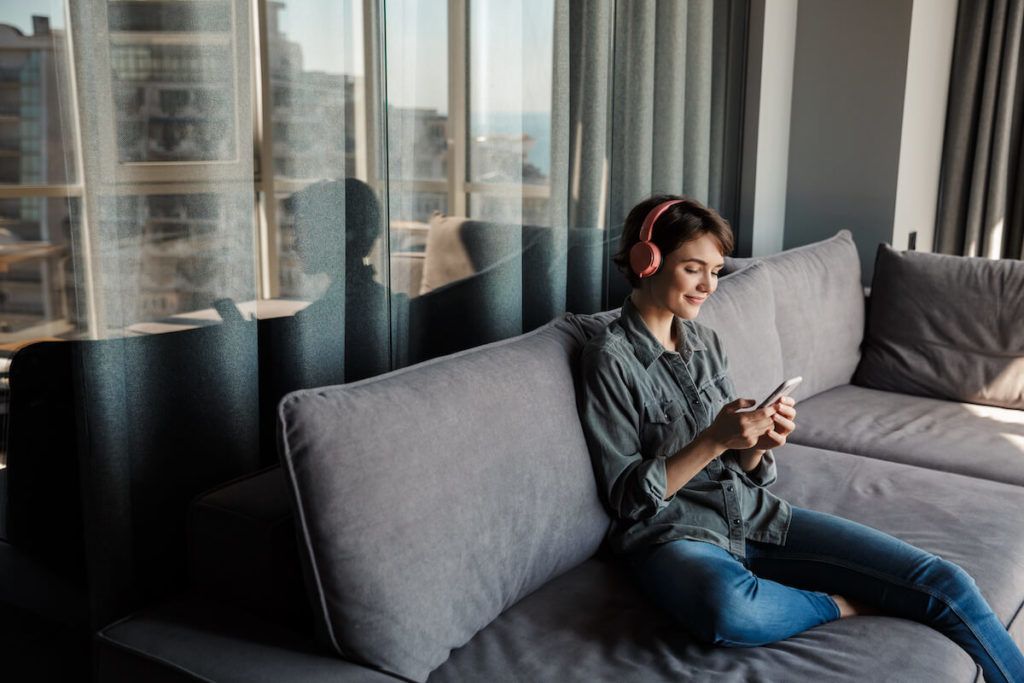
When it comes to making podcast ad buys, there’s a lot to consider. Who’s the target audience? How relevant is your product or service to the show and its listeners? How are you going to make an ad that convinces people to buy?
When asking these and other questions, however, you should never overlook a podcast’s CPM. CPM (or cost per mille) puts your ad spend in context based on how much it costs to reach a thousand people.
This metric is just as important in podcast advertising as it is elsewhere. Many podcasts set their pricing based on the number of listeners they have — and you can bet that the larger the audience, the more expensive your podcast ads will be.
With their large and engaged audiences, podcast ad placements have become more important than ever in today’s marketing landscape. By understanding how to better evaluate podcast CPM, you can make smarter ad placement decisions so you can maximize your campaign results.
What is the average podcast CPM?

According to Statista, the average podcast CPM for a 30-second ad is $18 per 1,000 impressions. For a 60-second ad, it’s $25.
At first, that sounds amazing! Talk about cheap — especially if you compare it to social media influencers who often charge a lot more and have audience numbers inflated by bots and fake accounts.
But the thing is, if you’re trying to get your ads on some of the most popular podcasts, those CPM totals will add up a lot quicker than you’d think.
Sure, you could probably get away with paying $18 total for a spot on your crazy uncle’s political talk podcast. But what if you want to get a spot on something like The Joe Rogan Experience (which nets roughly 11 million listeners per episode and hundreds of millions of downloads per month)?
Don’t worry, we’ll do the math for you.
To get to 11 million listeners, you have to take 1,000 and multiply it by 11,000. So take your $18 and multiply it by 11,000, and you’re looking at $198,000 for a single promo (give or take a bit depending on the podcast’s specific rate).
Obviously, you don’t have to blow your entire digital audio budget on a single ad spot. But being aware of a podcast’s audience size in relation to its CPM rate will definitely come in handy when planning your future ad buys.
What else affects podcast advertising rates?

Not all podcast ads are created equal. The same podcast could set different CPM rates for different types of ads based on a few key factors.
Dynamic Ads
Most podcasts feature dynamic ads at different intervals throughout their program, which are provided on-demand by an ad server. These are the pre-recorded pre-roll, mid-roll, and post-roll ads that you hear during the podcast’s commercial breaks (similar to on-air radio breaks). Generally speaking, pre-roll ads will have a higher CPM, since you’ll have the most listeners at the beginning of a podcast episode.
These ads can be targeted to specific segments of the listening audience based on known demographics, geographic location, and other factors. This means someone listening to the podcast in South Dakota could hear a completely different set of ads than someone listening in California.
This can actually be a great thing for your brand, both for keeping advertising costs relatively low and for ensuring you reach the right audience. A product or service may not be the right fit for everyone who listens to a show, even if they share some similar interests. Dynamic ads allow for more precise targeting.
However, dynamic delivery means your ad won’t necessarily be part of the podcast episode forever. Someone who downloads the podcast a week after its original broadcast may not hear your ads, no matter how snazzy you made them. This is because dynamic ads are inserted at the time the podcast is downloaded. They’re not part of the original audio file. If you aren’t still paying to get placements in a particular episode, your ad won’t appear in future downloads.
This doesn’t mean dynamic ads are useless. They are a great choice when promoting a limited-time offer or if your ad contains other time-sensitive messaging.
Host-Read Ads
Then we get into the more expensive stuff: ads that are read by the podcast host and podcast sponsorships that are mentioned during the show itself. Host-read ads, also called baked-in ads, are truly a part of the podcast. Even if someone downloads the show a year from now, they’ll still hear that ad as part of the show.
Not surprisingly, these ads feel like a more organic part of the podcast rather than a traditional commercial interruption. And as a result, they’ve generally performed better at helping advertisers gain new customers, averaging 3.5 times better cost per acquisition.
At the same time, however, they don’t offer the same level of tracking that you get with dynamic ads. Everyone who is listening to that part of the podcast will hear your ad, but you’ll need to do your own tracking to see if there’s any increase in website visits or other metrics. And since the promo is read on-air as a permanent part of the episode, you can bet the podcast CPM will go way up as well.
Long story short: The type of podcast ad and when you place it will have a big impact on the total cost of your ad campaign.
Does Podcast CPM Really Tell the Whole Story?

When trying to decide whether you should buy ads for a particular podcast, the total cost of an ad placement is obviously important. But it shouldn’t become the be-all end-all of your decision-making process.
Sure, a podcast may be popular, but is it really the right fit for your brand’s products or services? Sometimes, a niche podcast with a smaller audience will align more closely with your brand. While the reach may be smaller, the conversion rate of the listeners could be significantly higher.
So while podcast CPM is a good measurement of your up-front expenses, it doesn’t necessarily tell the whole story. At the end of the day, it’s all about acquisitions. A podcast could have a higher CPM, but if it delivers a significantly higher conversion rate than a cheaper program, then it’s potentially worth the extra expense.
After you’ve begun your podcast campaign, pay close attention to the actions that listeners take after hearing your ads. Attribution tracking can help you identify what percentage of listeners visited your website or made a purchase after hearing your ad — and which podcasts delivered the best results.
Using this data, you might find that what initially seemed like a great podcast actually delivers fewer conversions than your second or third choice. A/B testing throughout your campaign will be key to helping you fine-tune your podcast ads so you can better tap into these highly engaged audiences.
Turning Podcast Ads Into Conversions

In the world of digital audio, few advertising opportunities have greater potential than podcast ads. According to AdWeek, 75% of podcast listeners follow up on calls to action that they heard during an episode. According to NPR’s internal research, 59% of its podcast listeners “hold a more positive opinion of brands that support NPR.”
You see similar results with almost any podcast audience. When listeners associate your brand with their favorite podcast, they become far more likely to want to learn about your company and hopefully buy from you.
Of course, with many of the most popular podcasts being so expensive, it can be hard for up-and-coming businesses to get the placements they need to increase brand awareness and sales. At Decibel Ads, we aim to democratize the ad buying process for digital audio so that even small brands with limited budgets can access this powerful form of advertising. With a new approach to audio advertising, you can reach engaged podcast listeners who will respond to your messaging.